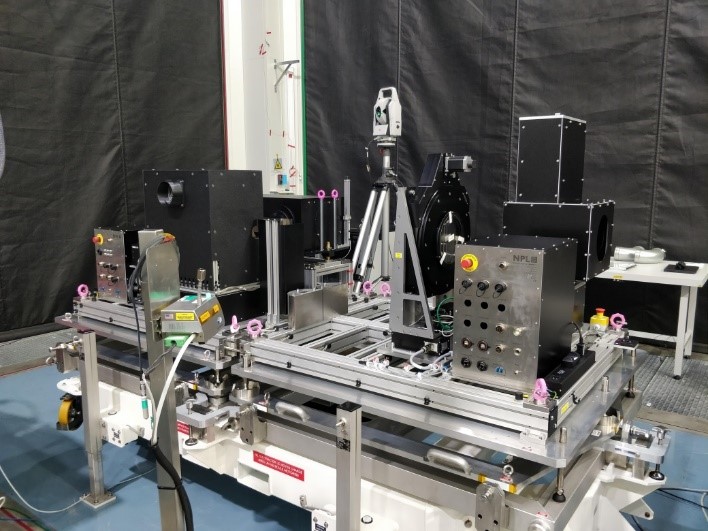The UK’s National Physical Laboratory (NPL) has announced the launch of the new STAR facility to aid global Earth observation missions, providing calibrated and characterized climate quality measurements.
STAR-cc-OGSE, which stands for Spectroscopically Tuneable Absolute Radiometric, calibration and characterization, Optical Ground Support Equipment, is a vital piece to the climate monitoring puzzle, conceived at NPL, to provide innovative solutions to the pre-flight calibration of satellite instruments.
The facility provides a state-of-the-art solution to instrument calibration and characterization, ensuring the needed performance is achieved while minimizing the time and effort involved in the pre-launch vacuum test environment. In essence the facility combines together in a single transportable package, the contents of NPL’s radiometric calibration capabilities which normally occupy three laboratories at the Teddington site.
The STAR facility is the result of a partnership between the Scottish Laser company M-squared lasers and NPL and whilst designed to meet the demanding needs of climate and environmental monitoring, its flexibility, comprehensiveness and ease of use makes it suitable for a wide range of applications.
These attributes make it possible to enhance the performance of missions previously thought prohibited to undertake such end-to-end calibration and characterization, due to cost and complexity including the cube-sats of new space providers.
The STAR-cc-OGSE is fully traceable to NPL’s primary radiometric standard, the cryogenic radiometer, and can provide unprecedented uncertainties well below 0.5% across a wide spectral region. The first mission that will utilize the STAR-cc-OGSE is the CNES/UK microsatellite – MicroCarb, a mission designed to measure greenhouse gases.
NPL, as the UK’s National Metrology Institute is underpinning the measurements provided by MicroCarb, providing traceability and confidence in the outputs of the mission – a vital tool in the UK’s efforts toward greenhouse gas monitoring.
The outputs that the MicroCarb and future missions such as the UK-led TRUTHS mission provide require robust calibration and this is the role of the state-of-the-art STAR-cc-OGSE facility, Dr Paul Green, science area leader, Climate and Earth Observation, NPL, stated, “being able to accurately quantify the global carbon cycle, the anthropogenic contribution to it and the response of the natural environment is crucial to international efforts to manage a sustainable planet.
“Missions like MicroCarb provide the data needed to understand these complex interactions and the efficacy of implemented policy. However, the data collected from orbit needs to be accurate and trustable which can only be assured by innovative facilities anchored to internationally recognized standards, the SI,” he added.
STAR-cc-OGSE was funded by the National Measurement System, an important part of the UK’s scientific infrastructure, which is responsible for stimulating good measurement practice and enabling UK business to make accurate and traceable measurements for the benefit of the nation, and in this case the globe in the fight against climate change.



